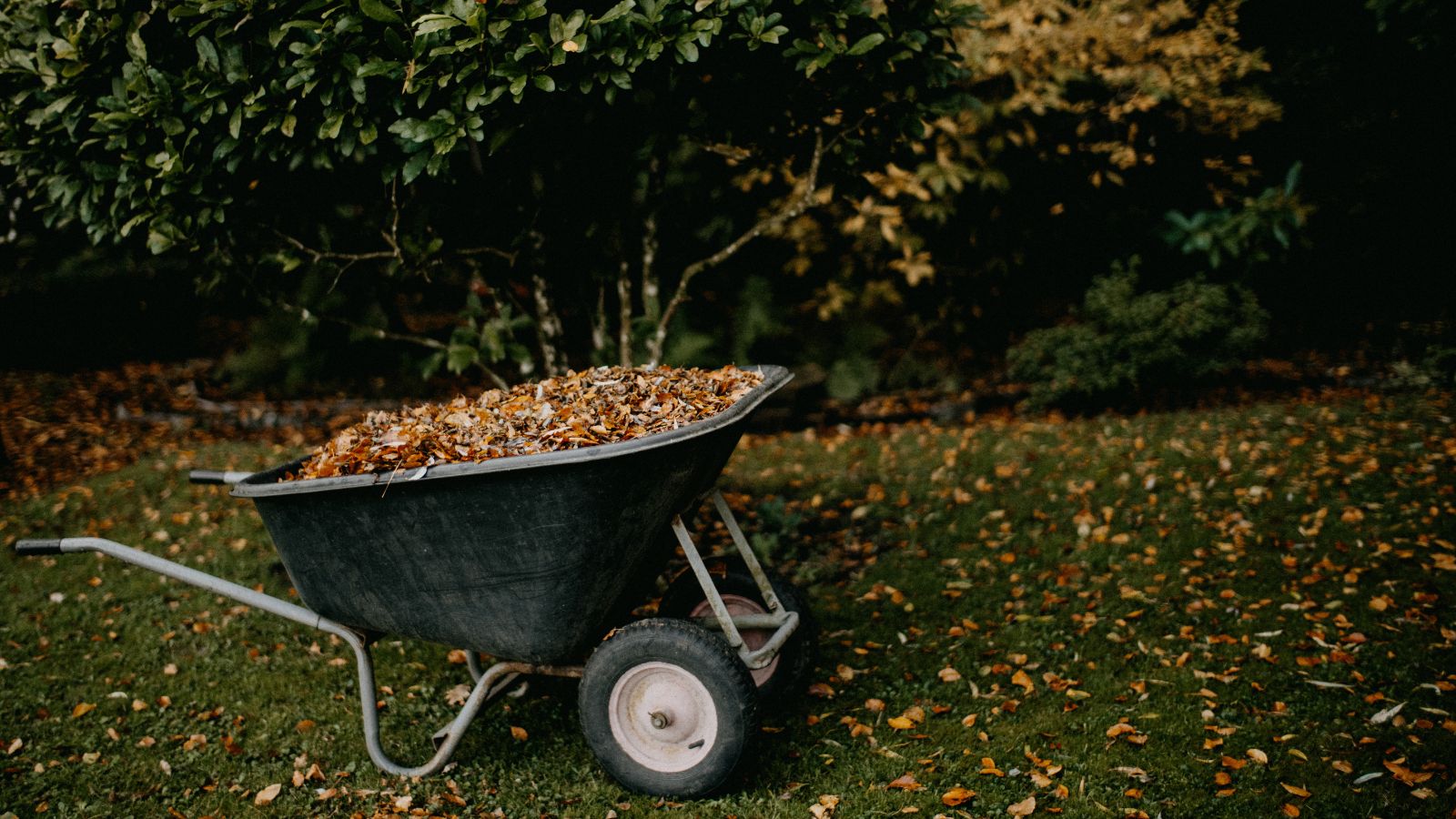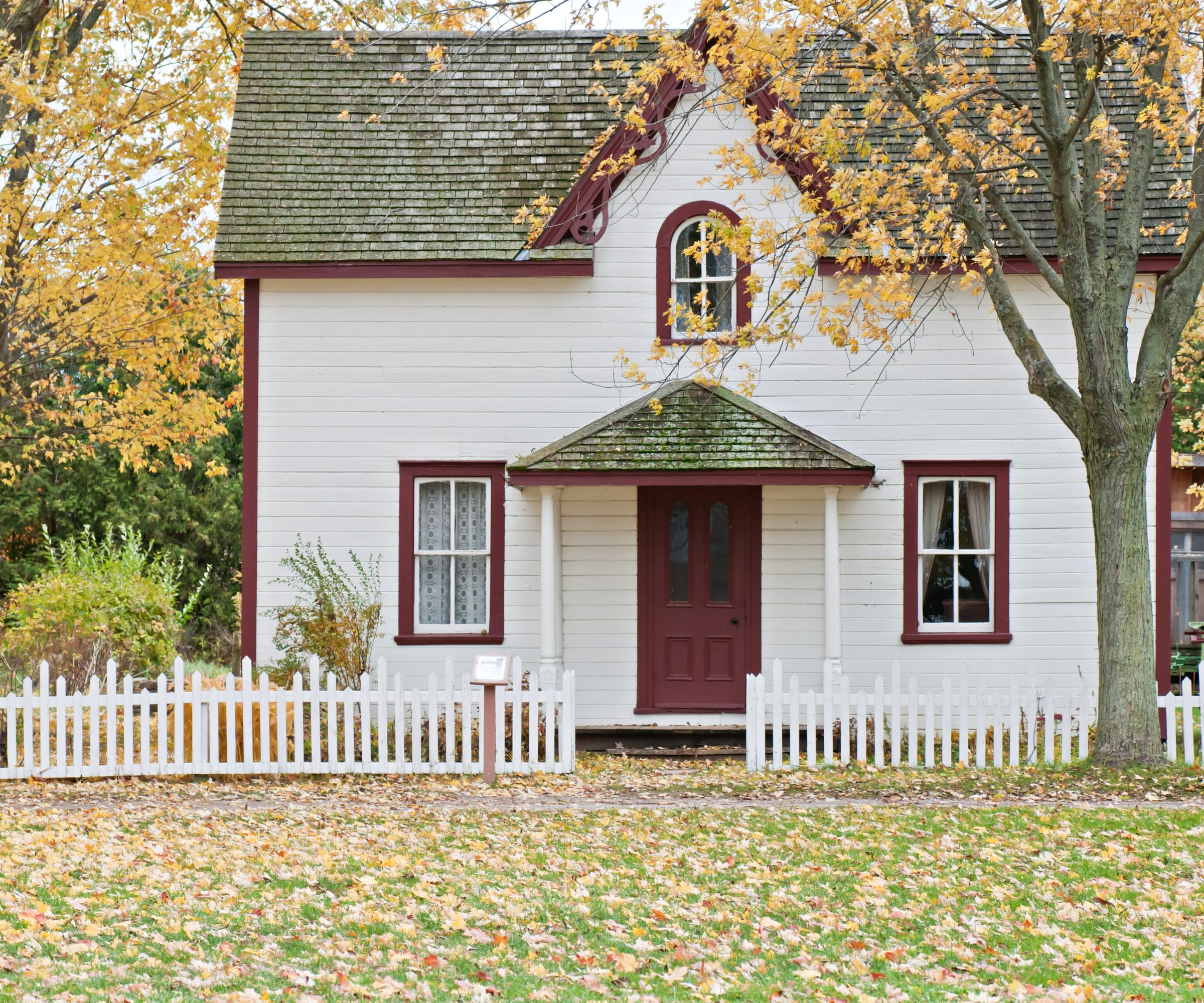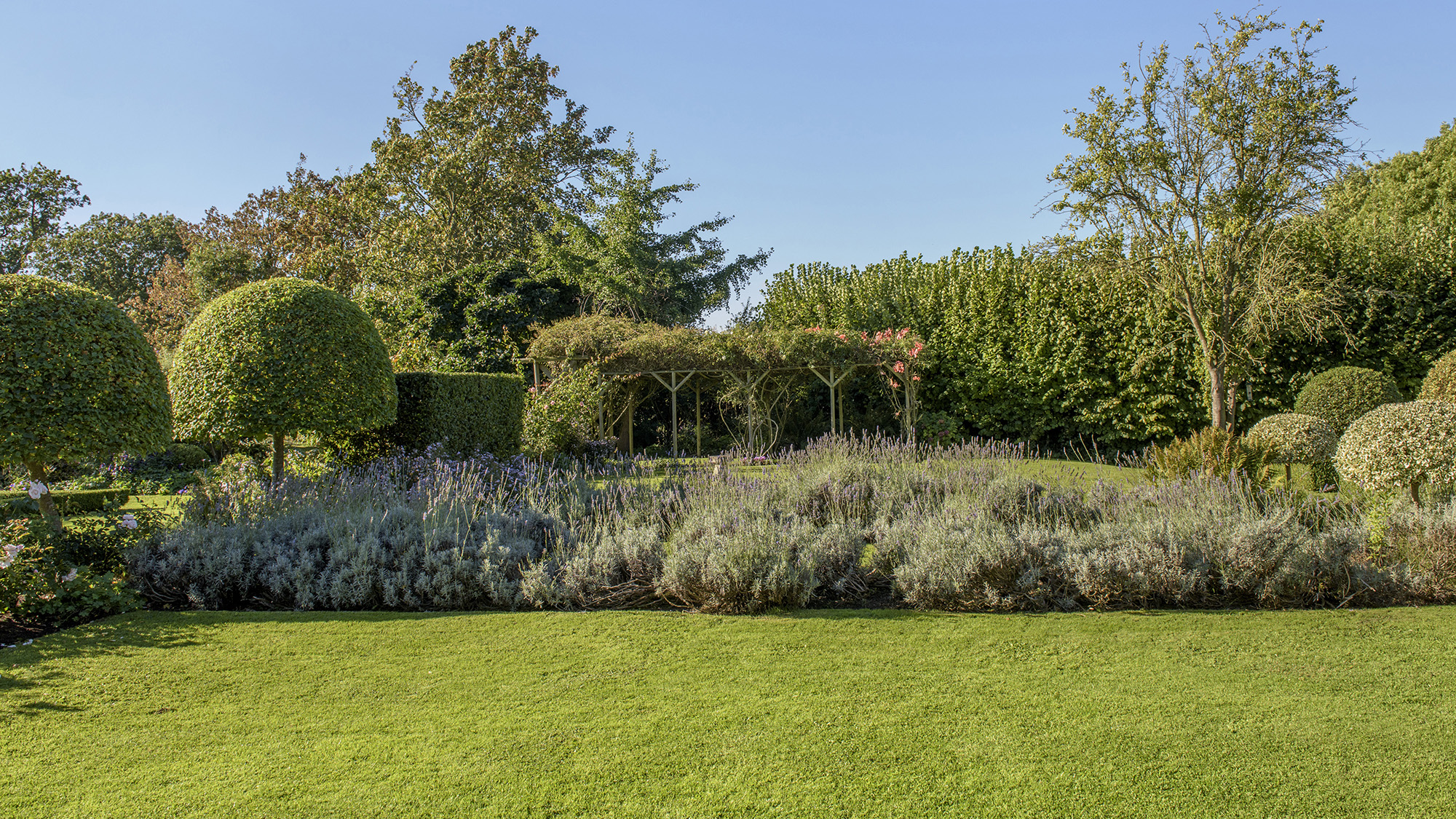When to fertilize a lawn in fall – for perfect springtime grass growth
Learn when to fertilize a lawn in fall to encourage the best growth the following year with this expert guide


Fall is a key time for your garden, and knowing which tasks you should prioritize and when to do them can make all the difference to the overall look of your garden the following year. Knowing when to fertilize a lawn in fall can help your grass survive the winter as well as bolster growth over the coming year.
With fall lawn care taking up most of your gardening time in the fall season, setting out a schedule of when vital tasks need to be completed will help you to keep on top of your long to-do list.
Here, lawn and gardening experts have shared their advice on the best time to fertilize a lawn in the fall, as well as divulged the benefits of this lawn care practice.
When to fertilize a lawn in fall

The best time to fertilize a lawn in fall can depend on the climate in which you live and how temperate your falls and winters are. 'September and October are the best months for applying fall fertilizer but it should ideally be applied in early fall (September) when possible,' recommends Jonathan Hill, lawn expert at Rolawn. 'As the season progresses the increased risk of damp, cold conditions can lead to several issues, including diseases.'
'From the viewpoint of a professional, we would generally feed a lawn four times throughout the year,' adds Tim Marshall, head gardener at Raby Castle. 'The first is in spring as growth begins to start, then twice during the main growing season, and lastly in October or November.
'Generally, I would not recommend feeding a lawn after the end of November unless the weather is very mild,' Tim continues. 'A good fall feed will help protect your lawn against disease, and moss and keep it nice and green over the winter period.'
'Regional temperatures and weather conditions vary greatly so your own judgment should be used as to when is too late in the season to apply fertilizer but it should be done well before the weather becomes too cold in your part of the world,' Jonathan continues. 'Do not fertilize your lawn when the ground is frozen, for example, as it will not absorb enough to be effective.'
As a general rule of thumb, it is best to apply fertilizer approximately six to eight weeks before the first frost in your area.
There are a lot of lawn care tasks to take care of in the fall, so it is important to know how to fertilize your lawn, especially if you are carrying out other tasks such as overseeding your lawn in fall.
Why fall fertilizing is important

Just like fertilizing evergreens, fertilizing a lawn in fall has a range of benefits that you will continue to see the results of into the next year and beyond. In fact, it is one of the main ways to make a lawn green and thick.
'Fall fertilization supplies your lawn with essential nutrients it needs to help strengthen the roots ready for winter,' Jonathan clarifies. 'Improving your lawn’s general health will help protect it from severe weather conditions, boost its resilience to weeds and diseases such as fusarium patch, and will result in a healthier, greener sward once growth begins the following spring.'
'Fall feeding allows lawns to still look aesthetically pleasing over the winter months,' Tim adds. 'It will also prepare them to grow rapidly and strongly once temperatures rise in the spring. For fall feeds, it is important to use a fertilizer that has a lower level of nitrogen than the spring and summer feeds, but a higher level of potassium and phosphorous to encourage good root growth and general hardiness [such as this one from Amazon]. The application of iron with the fertilizer will help control any moss present and also give the grass sward a good rich green color.
'As well as feeding lawns in the fall, we combine it with scarifying (raking), aerating (spiking), top dressing with fresh compost, and rolling to fulfill the end-of-year maintenance program for important and heavily used lawn areas,' Tim says.
What is the best fertilizer for lawns in fall?
The best fertilizer to apply to a lawn in fall is high in nitrogen, especially if you have a cool season grass in your yard. Aim to apply one pound of nitrogen per 1,000 square feet of lawn.
Warm season grasses such as Bermuda grass does not need as much nitrogen at this time of year as the lawn will be storing nutrients to enter dormancy. Instead, spread a high potassium fertilizer to support the grass through its dormancy.
Should you fertilize or seed first in the fall?
If you are seeding a new lawn or looking into overseeding your lawn, always fertilize before sewing new seeds. When fertilizing a new lawn, it is best to apply a starter feed before sowing the seed. This provides the best effect and helps the new seeds germinate and take root.
Sign up to the Homes & Gardens newsletter
Design expertise in your inbox – from inspiring decorating ideas and beautiful celebrity homes to practical gardening advice and shopping round-ups.

Chiana has been at Homes & Gardens for two years and is our resident 'queen' of non-toxic living. She spends most of her time producing content for the Solved section of the website, helping readers get the most out of their homes through clever decluttering, cleaning, and tidying tips. She was named one of Fixr's top home improvement journalists in 2024.
-
 7 habits every good plant parent has, according to houseplant experts – number 3 will surprise you most
7 habits every good plant parent has, according to houseplant experts – number 3 will surprise you mostWatch your houseplants thrive after you build these tasks into your routine
By Tenielle Jordison
-
 What the unexpected fashion trick the 'Sandwich Method' taught me about decorating with color in my home
What the unexpected fashion trick the 'Sandwich Method' taught me about decorating with color in my homeI took a cue from my wardrobe and matched my ceiling to my skirtings – here's why it's my new favorite color trick
By Charlotte Olby